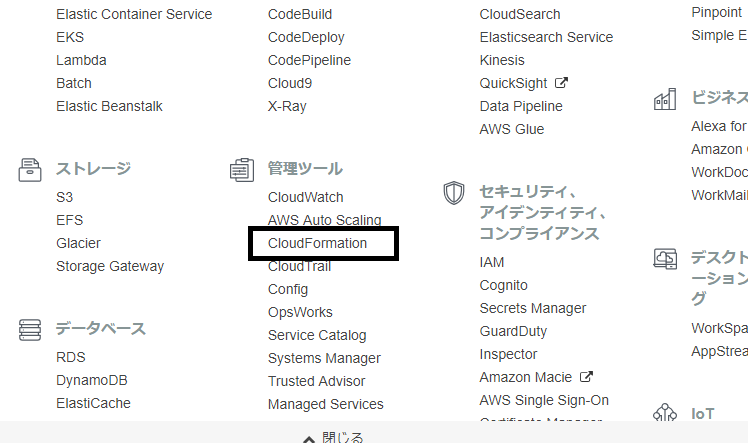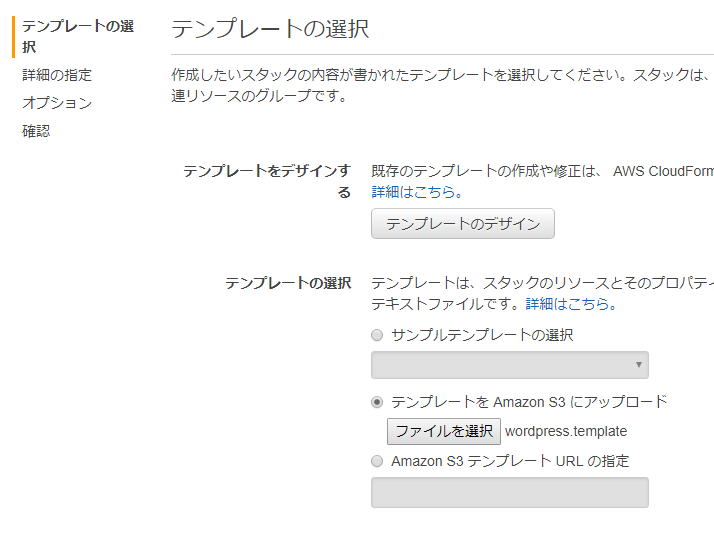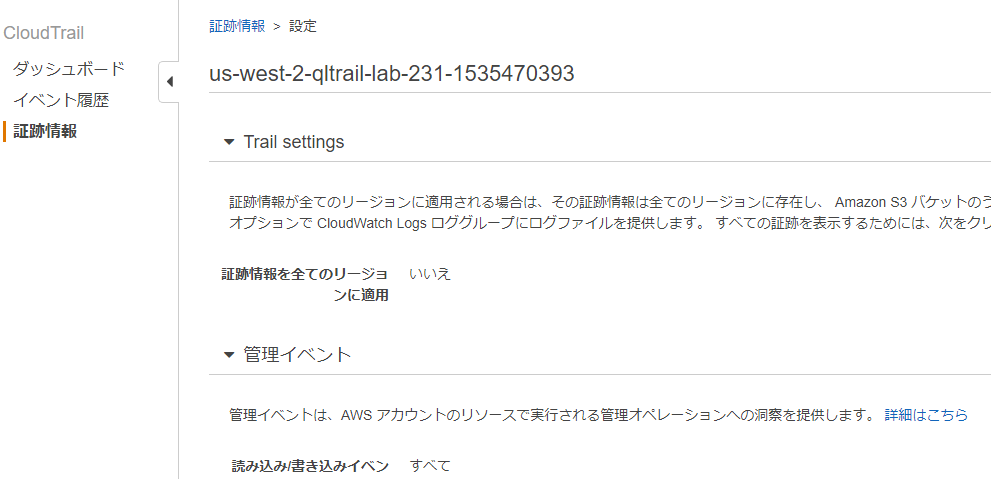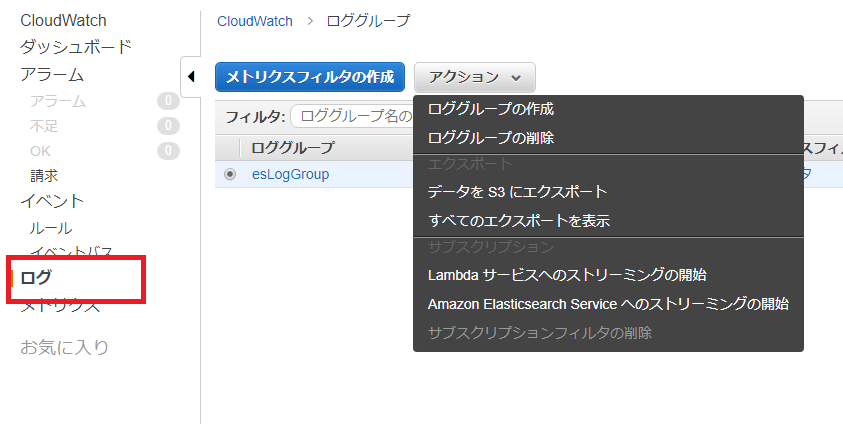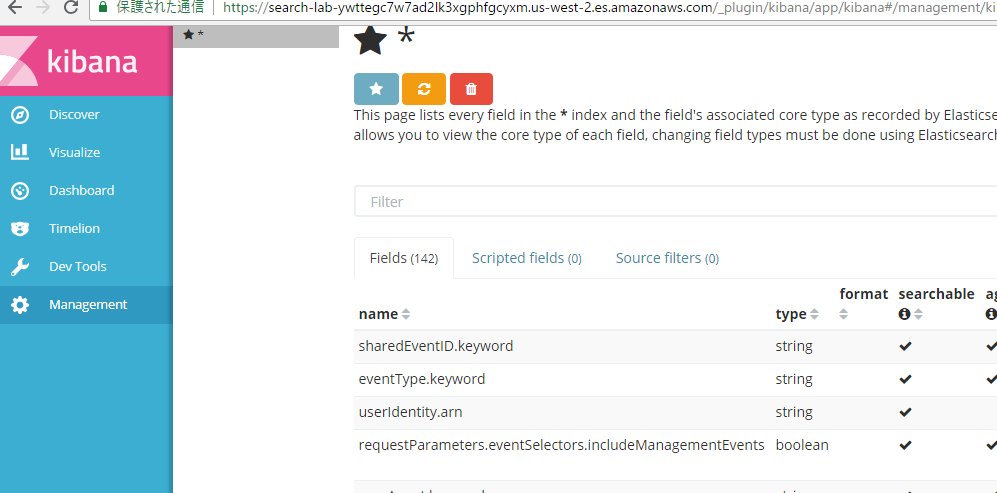{
"AWSTemplateFormatVersion" : "2010-09-09",
"Description" : "Test template.",
"Resources" : {
"VPC" : {
"Type" : "AWS::EC2::VPC",
"Properties" : {
"CidrBlock" : "10.0.0.0/16",
"Tags" : [{"Key": "Application", "Value" : {"Ref" : "AWS::StackId"} }]
}
},
"PublicSubnet" : {
"Type" : "AWS::EC2::Subnet",
"Properties" : {
"VpcId" : {"Ref" : "VPC" },
"CidrBlock" : "10.0.0.0/24",
"Tags" : [{"Key" : "Application", "Value" : { "Ref" : "AWS::StackId"}}]
}
},
"PrivateSubnet" : {
"Type" : "AWS::EC2::Subnet",
"Properties" : {
"VpcId" : {"Ref" : "VPC"},
"CidrBlock" : "10.0.1.0/24",
"Tags" : [{"Key": "Application", "Value" : {"Ref": "AWS::StackId"}}]
}
},
"InternetGateway" : {
"Type" : "AWS::EC2::InternetGateway",
"Properties" : {
"Tags" : [ {"Key" : "Application", "Value" : {"Ref" : "AWS::StackId"}}]
}
},
"AttachGateway" : {
"Type" : "AWS::EC2::VPCGatewayAttachment",
"Properties" : {
"VpcId" : {"Ref": "VPC"},
"InternetGatewayId" : {"Ref" : "InternetGateway"}
}
},
"RouteTable" : {
"Type" : "AWS::EC2::RouteTable",
"Properties" : {
"VpcId" : {"Ref" : "VPC"},
"Tags" : [{"Key" : "Application", "Value" : {"Ref" : "AWS::StackId"}}]
}
},
"Route" : {
"Type" : "AWS::EC2::Route",
"DependsOn" : "AttachGateway",
"Properties" : {
"RouteTableId" : {"Ref" : "RouteTable"},
"DestinationCidrBlock": "0.0.0.0/0",
"GatewayId" : {"Ref" : "InternetGateway"}
}
},
"SubnetRouteTableAssociation" : {
"Type" : "AWS::EC2::SubnetRouteTableAssociation",
"Properties" : {
"SubnetId" : {"Ref" : "PublicSubnet"},
"RouteTableId" : {"Ref" : "RouteTable"}
}
},
"NetworkAcl" : {
"Type" : "AWS::EC2::NetworkAcl",
"Properties" : {
"VpcId" : {"Ref" : "VPC"},
"Tags" : [ {"Key" : "Application", "Value": {"Ref" : "AWS::StackId"}}]
}
},
"SubnetNetworkAclAssociation" : {
"Type" : "AWS::EC2::SubnetNetworkAclAssociation",
"Properties" : {
"SubnetId" : {"Ref" : "PublicSubnet" },
"NetworkAclId" : {"Ref" : "NetworkAcl"}
}
}
}
}
なんじゃこりゃーーーーーーーーーーーー
エンジニアってどうやってモチベーション保ってんだろう。。
まったく、意味が分からんよ。

